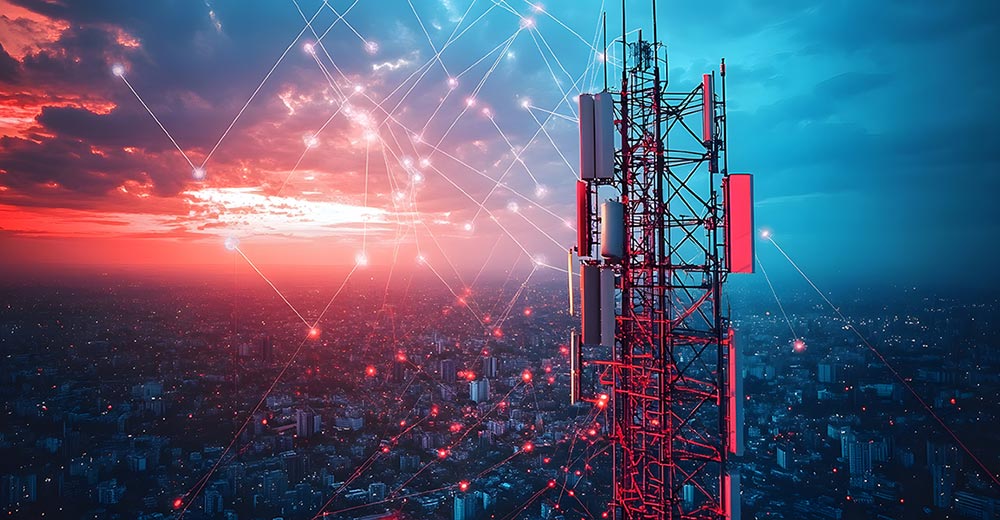AI–5G


Over several decades as an industry analyst, I have followed the evolution of telecom, wireless, broadband, pay TV, and more. Today, a new transformation is taking shape. Artificial intelligence and 5G wireless — both part of the broader telecom ecosystem — are now converging to create intelligent, self-optimizing networks that are reshaping industries from telecommunications to health care.
Innovation has always driven change across every industry, but the pace is accelerating with the rise of technologies like artificial intelligence. Different forms of AI are proliferating, just as 5G and wireless networks have already transformed how we live and work. Now, these forces are beginning to converge — and the impact will be profound.
Understanding how AI and 5G are coming together and what this means for customers, workers, investors, and executives is critical as we move into a new era of accelerated change.
Let’s pull the camera back for a longer-term, historical perspective on the forces rewriting everything around us — and why companies must move quickly to keep up.
AI, 5G, Wireless, and Telecom Are Merging
The blending of AI, 5G, wireless, and telecom is already reshaping industries — but what exactly does it mean, and what changes are occurring today and coming next?
While different forms of artificial intelligence have existed for decades, the sector has advanced rapidly over the past two years, accelerated by the launch of OpenAI’s ChatGPT and other generative AI technologies.
It’s important to understand that AI is not just one type of technology. It is an umbrella term covering different categories and applications. This is where much of the confusion begins.
Think of AI as a top-level catchphrase. Underneath it are different types, such as Narrow AI (task-specific intelligence), the still-theoretical General AI (broad human-like intelligence), and the future concept of Super AI (intelligence beyond human capability). Within Narrow AI, we find applications like ChatGPT and other forms of Generative AI, which are rapidly transforming business and consumer experiences.
AI’s Growing Impact Across Connectivity Sectors Artificial intelligence is not a single technology but a broad term covering many types, each affecting different industries and companies in distinct ways.
Understanding these differences is critical because AI is evolving rapidly and rewriting the rules across every sector it touches.
Deliver next-generation customer experiences with unified CX AI
Some companies are acting quickly to integrate AI. These early movers gain a first-to-market advantage. Others are taking a wait-and-see approach, positioning themselves as fast followers — ready to act once the industry’s direction becomes clearer. Both strategies — leading and fast following — can succeed, but they represent very different paths to growth.
We’ve seen a similar dynamic before in the wireless industry. AT&T, for example, is often first to market with new technologies — sometimes right, sometimes wrong. Verizon tends to move in once the path is better defined, succeeding as a fast follower.
AI Is Driving New Growth Opportunities gives companies a new opportunity to reverse a decline and drive growth.
AI is already transforming network operations in wireless, telecom, and broadband. Traditionally, service disruptions triggered a scramble to locate, isolate, and fix the problem before customers noticed. Today, AI can detect potential issues early, reroute traffic automatically, and keep networks running smoothly, often without noticeable disruption.
This shift is more than a technical upgrade; it’s a competitive advantage. Companies integrating AI into their operations can deliver better service, improve customer satisfaction, and position themselves for renewed growth.
While we are still in the early stages of the AI revolution, the companies that move first will be better positioned to shape the next phase of industry transformation.